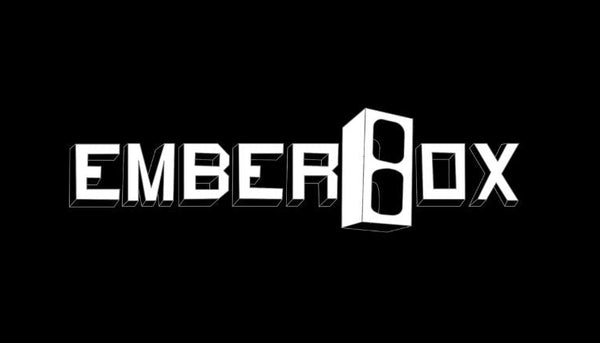In the world of tactical fitness training, performance is measured by more than just gym numbers. Soldiers, law enforcement officers, and first responders need strength, endurance, and adaptability to handle unpredictable, high-stakes environments. Training for these demands goes beyond traditional gym routines, it requires functional fitness equipment that can replicate real-world challenges.
Portable Military Fitness for Real-World Readiness
At its core, tactical training is about preparing the body to experience difficulty under pressure. That means developing strength to carry heavy loads, explosive power to move quickly, and stamina to sustain effort through long missions or emergencies. It also means training the body to adapt, switching from endurance to strength to agility without hesitation.
The challenge is that this kind of preparation doesn’t always happen in a fully equipped gym. Sometimes training needs to take place in small spaces, while traveling, or in deployment settings. The best tactical athletes are those who can train anywhere, using versatile tools and simple methods to replicate real-world demands.
Functional Fitness for Tactical Athletes
Unlike bodybuilding or machine-based workouts, tactical strength and conditioning emphasizes functional movement. Carrying, climbing, sprinting, and pushing through fatigue are far more relevant than isolated lifts. The most effective programs blend load carriage, explosive drills, and conditioning circuits to simulate what the body will face under real conditions.
Equipment that allows for loaded carries, dynamic movements, and scalable resistance keeps training aligned with tactical realities. Many operators historically improvised with what they had (sandbags, rucks, even cinder blocks) because the mission came first. Modern solutions, like EmberBox, were born from that same mindset: rugged, compact, and capable of supporting dozens of functional movements in one system.
Defining Training Needs and Creating Operational Plans
Before designing a tactical program, the NSCA and other well-renowned programs encourage athletes and coaches to first define their training needs. Some approach tactical fitness as professionals pursuing credentials and structured systems. Others see it as a coaching framework for groups or units. Still others use it as a personal guide to staying sharp and resilient in daily life.
No matter the angle, the pillars remain the same: readiness, resilience, and longevity. The smartest tactical athletes prioritize versatile equipment and adaptable programming to ensure that training continues even when space, time, or resources are limited.
Equally important, the best physical training programs follow a progression. First comes the foundation: understanding why readiness matters and what principles guide effective preparation. Next is application: designing practical sessions that build strength, speed, and durability in ways that translate directly into the field. For leaders and coaches, scalability is key: the ability to train groups with limited resources. Finally, there’s sustainability: tactical athletes must protect longevity as much as performance, balancing intensity with recovery to remain effective across a career.
Training systems that can cover multiple needs (strength, conditioning, endurance) without requiring racks of gear make it easier to plan and execute consistently. That’s why EmberBox fits so naturally into this path: not because it’s the only option, but because it reflects the very principles that tactical training is built on.
Tactical Strength, Simplified
Tactical athletes don’t train for convenience. They train for readiness, for resilience, for the unknown. The best programs emphasize adaptability and real-world strength, supported by tools that allow training anywhere.
Luckily, many trainers and athletes know that EmberBox was designed for exactly this. Compact, rugged, and versatile, it mirrors the improvised solutions operators have always relied on, now with the durability and refinement to support a lifetime of training.

